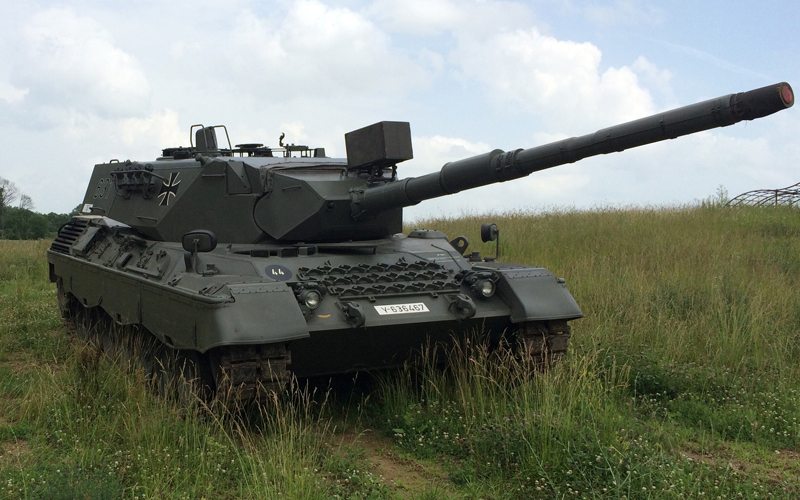

And of course, this system of fire-and-movement could be used by teams of 2 tanks, one covering while the other moved, etc. The latter section would take up covered firing positions and lay down suppressive fires while the former section moved, and so on. One reason (amongst others) that 4 or 5 tanks were typically assigned to each Tank Troop/Platoon was to give it an internal capacity for fire-and-movement, that is, to allow one section of 2 or 3 tanks to take cover and to maintain suppressive fire on known or suspected enemy targets while the other section of 2 or 3 tanks moved. The US Army changed to 4 tank Platoon with the M-1 in the 1980's. Since then, however, the German Army now resorts to 3tanks in a Platoon (as Israel is doing, though it used to employ 4 or 5 tanks per Platoon), and the British Army seems to be considering or even resorting to it as well. Both the German Army and the US Army (and USMC) organized their tanks into Platoons of 5 tanks each, and the latter did so (for units still using the M-60) until the 1990's. The Soviets similarly organized their tanks into Platoons of 3 tanks each, and the Russian Army (with some exceptions) continues the practice to this day. Wartime experience, however (and given the lack of reliable main armament stablization for fire control systems at the time - for those few tanks that actually had it fitted) compelled the British to increase to a 4 tank Troop. In the Second World War, the British Army organized its tanks into Troops of 3tanks each, and trained its crews to fire at a rapid rate while on the move. Upon reaching the second line of enemy entrenchments, the second tank in the Section would likewise peel away and shell or machine-gun the trench along its length, and so on with the third tank in the Section. The Tank Section typically operated in the following manner: leading the infantry, the Tank Section would approach the enemy entrenchments, at which point one of the Section's three tanks would peel off and drive parallel to the trench, shelling or machine-gunning its length while doing so. During the First World War, tanks were typically organized into Sections of 3 tanks each.


 0 kommentar(er)
0 kommentar(er)
